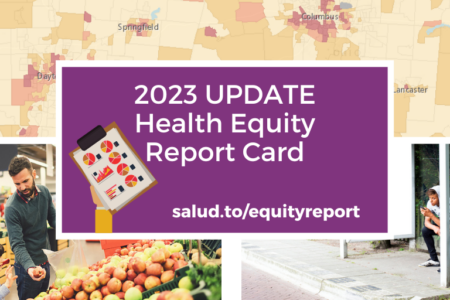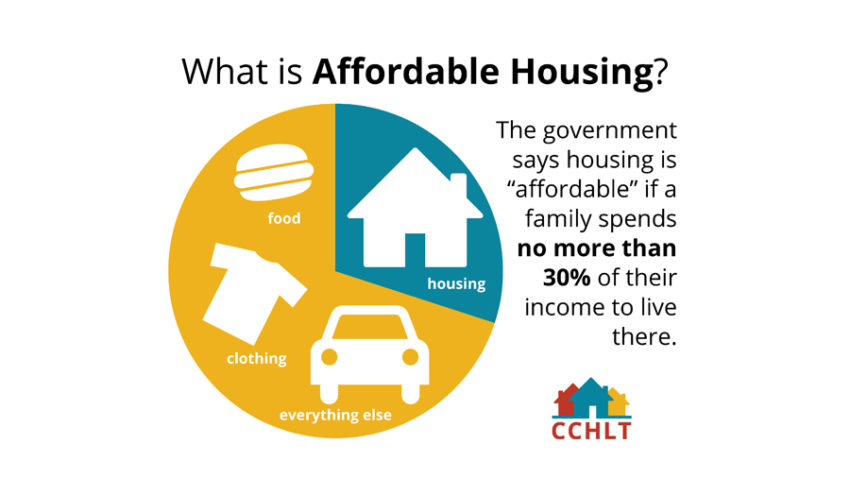
Share On Social!
Demand for affordable housing is high, but supply is down in many U.S. cities.
More than 11 million renters and 8 million homeowners spend more than half their income on housing; this results in extreme cost burdens and jeopardizes individual health, according to a Salud America! research review.
“A lack of federal action and cash-strapped state and local budgets have contributed to the affordable housing crisis,” writes Teresa Wiltz for Pew Trusts. “Citizens are showing up at town halls and city council meetings demanding action.”
Cities must find a way to boost affordable housing, but how can they make a difference?
Here are six solutions to help improve affordable housing:
1. Create Affordable Housing Trusts.
 Housing trust funds are established, ongoing, and public funding sources for low-income housing developments in both states and cities.
Housing trust funds are established, ongoing, and public funding sources for low-income housing developments in both states and cities.
There are 14 states without city-level funds. But they do not have any laws preventing local governments from establishing them.
In many of these, state money is the sole source of funding due to low populations or robust funds at that level — both of which decrease the demand for additional local funding.
New Jersey Gov. Phil Murphy recently announced plans to fund his state’s Affordable Housing Trust Fund fully, in spite of diverting that issue for years, according to the National Low Income Housing Coalition.
“Public investments like this have helped non-profit community developers contribute $500 million annually to New Jersey’s economy by creating jobs, affordable homes, and generating tax revenue,” stated Staci Berger, president of Housing and Community Development Network of New Jersey. “Housing affordability is an enormous concern for New Jersey residents.”
2. Fund via Bond Elections.
In the 2018 midterm elections, voters held mixed views concerning affordable housing.
Yet, the sheer number of housing measures on ballots showed that local leaders see the needs created by the housing crisis and want to solve those issues.
Many of these measures were proposed through municipal bonds.
Local governments can propose allocating funds to specific projects or developments through municipal bond elections, which gives citizens a chance to approve or deny said spending plans at the polls.
For example, 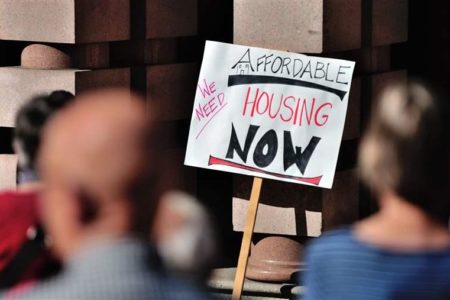 Austin voters OK’d a record-breaking $250 million affordable housing bond.
Austin voters OK’d a record-breaking $250 million affordable housing bond.
The bond aims to acquire land for affordable housing development, according to Next City. It will support rental assistance, affordable home ownership, and home repair programs.
The money will be distributed to Austin Housing Finance Corporation to buy land and build houses for residents who fall under certain income levels.
Here are some other recent bond elections for housing:
- Chapel Hill, North Carolina, approved a $10 million bond that could help build and preserve more than 700 affordable homes and apartments. The money might also help residents threatened by mobile home park redevelopment.
- Portland, Oregon approved a $652.8 million bond measure to build more affordable housing. The bond measure to create thousands of homes affordable for low-income residents. The bond would produce as many as 3,900 homes affordable to households that make 80% or less of the region’s median income for their family size.
More municipal bond votes like these could stir up greater voter turnout, and more opportunities to pass affordable housing legislation.
3. Offer Incentives, Tax Breaks.
State incentives, which are supplemental to federal ones, issue credits to developers for the acquisition, rehabilitation, or construction of rental housing targeted to lower-income households.
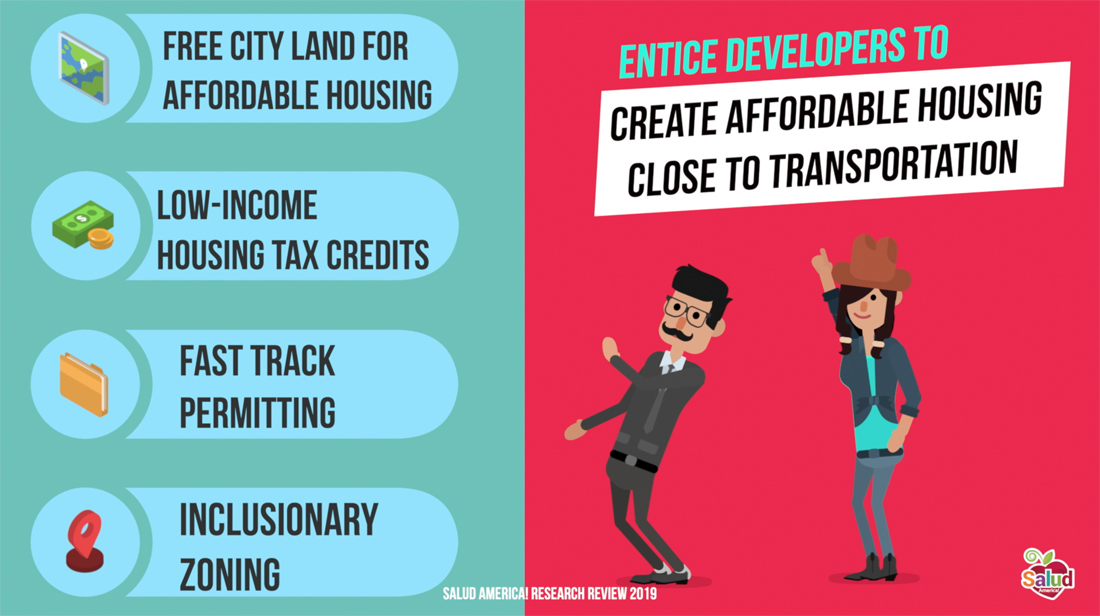
While cities do not have direct control over how all funds are allocated, incentive programs encourage private developers to increase the supply of affordable housing.
This can result in economic developments in urban centers.
In Minnesota, St. Paul Mayor Melvin Carter approved tax breaks that require property owners to keep a fifth of their building’s units affordable for lower-income tenants over 10 years.
For households making less than 60% of the area median income, landlords can charge no more than:
- $991 for a studio
- $1,062 for a one-bedroom
- $1,273 for a two-bedroom
“This program is another way that we are addressing the affordable housing crisis in our community,” City Council Member Chris Tolbert said in press release.
Another incentive is to donate land.
Anaheim, Calif., is giving a vacant site—valued at as much as $10 million—as part of an agreement with a developer to create a $52 million affordable housing project on the land, BisNow reports.
20% of the units will be for homeless households.
“The council on Jan. 29 unanimously voted in favor of nonprofit developer Jamboree Housing’s proposed 102-unit affordable housing development on a 2.86-acre lot at 2121 South Manchester Ave. and 915 East Orangewood Ave., about a mile from Angel Stadium and Disneyland Resort,” according to BisNow.
4. Relax Zoning, Developing Rules.
Zoning regulations and “not-in-my-backyard” mindsets often block or raise the cost to build multifamily, affordable housing.
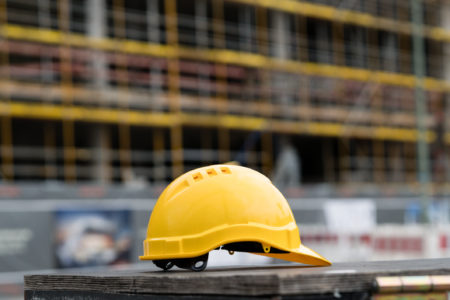 A newly implemented Austin City Council program waives specific zoning rules—including height and density restrictions, as well as minimum parking requirements.
A newly implemented Austin City Council program waives specific zoning rules—including height and density restrictions, as well as minimum parking requirements.
These rules will make it easier for low-income housing developers to navigate the city’s building processes and build more cost-effective dwellings.
“The goal is to reduce red tape and reduce the need for affordable housing builders to hire lawyers and to spend months dealing with City Hall,” Austin City Council Member Greg Casar said.
Meanwhile, Santa Cruz County in California is reworking its rules to allow affordable housing.
Affordable housing developers can pack more housing units onto lots than would otherwise be allowed, and take advantage of cost-saving perks through a “density bonus” incentive, according to the Santa Cruz Sentinel.
“Previously capped at 35 percent, developers would be able to take advantage of up to a 50 percent density for mixed-income projects for rent or sale,” according to the Sentinel. “Projects that are exclusively deed-restricted affordable housing would receive an even higher density bonus — 75 percent.”
Other local initiatives include:
- Charlotte, North Carolina’s City Chamber planning retreat suggested a speedup of the zoning permitting processes, easing building restrictions, and allowing more developers to build without going through the months-long, costly process of rezoning land.
- New Orleans city council is experimenting with new zoning strategies aimed at giving developers an incentive to include space for low-income residents in their projects. They approved a rule that allows apartment developers to build on smaller lots in exchange for adding some units set aside for low-income residents.
5. Engage Big Tech (and Big Businesses).
While companies like Facebook are helping fuel the housing crisis, they’re also diving into housing policy.
Big tech is starting housing projects and investing in philanthropy for affordable housing.
Here are some examples of Big Tech and cities teaming up:
- Microsoft recently launched a $500 million affordable housing initiative. This would provide loans to developers and grants to reshape the housing market in its region. Microsoft is also partnering with the mayors of Seattle and surrounding cities. They agreed to consider zoning and other policy changes to promote affordable housing development.
- Salesforce CEO Marc Benioff backed an initiative that would tax San Francisco’s top-grossing businesses to raise money for housing and homeless services.
6. Revitalize Neighborhoods.
Neighborhood revitalization covers a broad range of activities. It motivates change and effects the socioeconomic characteristics of communities.
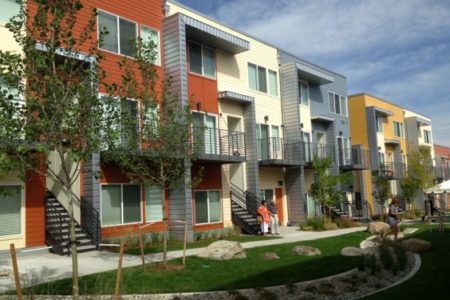 A Philadelphia faith-based nonprofit, Esperanza, turned the abandoned Roberto Clemente Middle School into 38 affordable housing units, which opened in November 2018.
A Philadelphia faith-based nonprofit, Esperanza, turned the abandoned Roberto Clemente Middle School into 38 affordable housing units, which opened in November 2018.
The school-turned-affordable-housing project is just one part of Esperanza’s neighborhood revitalization plans. The organization is focused on four areas: education, arts and culture, community economic development, and social change for the Latino population.
Esperanza also helps with street cleanup, storefront improvement, and tree planting, as well as running a housing counseling program.
They’re also looking for properties to buy and convert into affordable housing.
“Renovating these spaces is a preventative step against developers building housing that’s not affordable for long-term residents, a root of gentrification,” Vice President of Esperanza David Ortiz told WHYY. “It keeps the community in control of its own blocks.”
Revitalization is happening elsewhere, too:
- In Kansas City, a development group has been working to revitalize the community. Several partners invested $70 million in a redevelopment project to bring life back to this historic part of town through a combination of varied-income residential areas and mixed-use development.
- The Fitzgerald Revitalization Project is an initiative led by the City of Detroit. It aims to stabilize and strengthen neighborhoods by transforming publicly owned vacant land and buildings into community assets. The project has pledged to revitalize or build more than 200 homes in the northwest part of the city.
Reclaiming neighborhoods is a more complex and more difficult task, not a one-off crisis remedy.
What Else Can We Do?
We know that steady housing is connected to health.
One way to act is asking your city what they’re doing about affordable housing.
Help make your communities more inclusive and connected through inclusive zoning, fair housing laws, and access to public transportation.
This can improve economic and social wellbeing!
Explore More:
HousingBy The Numbers
56.9
percent
of Latinos are "housing cost burdened"


